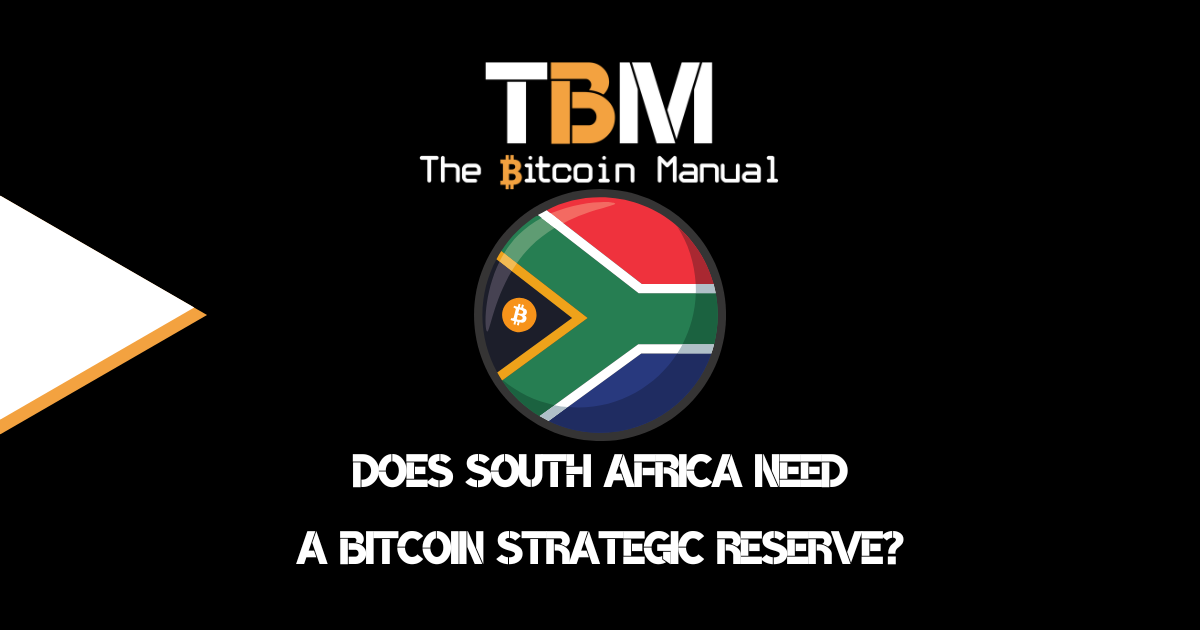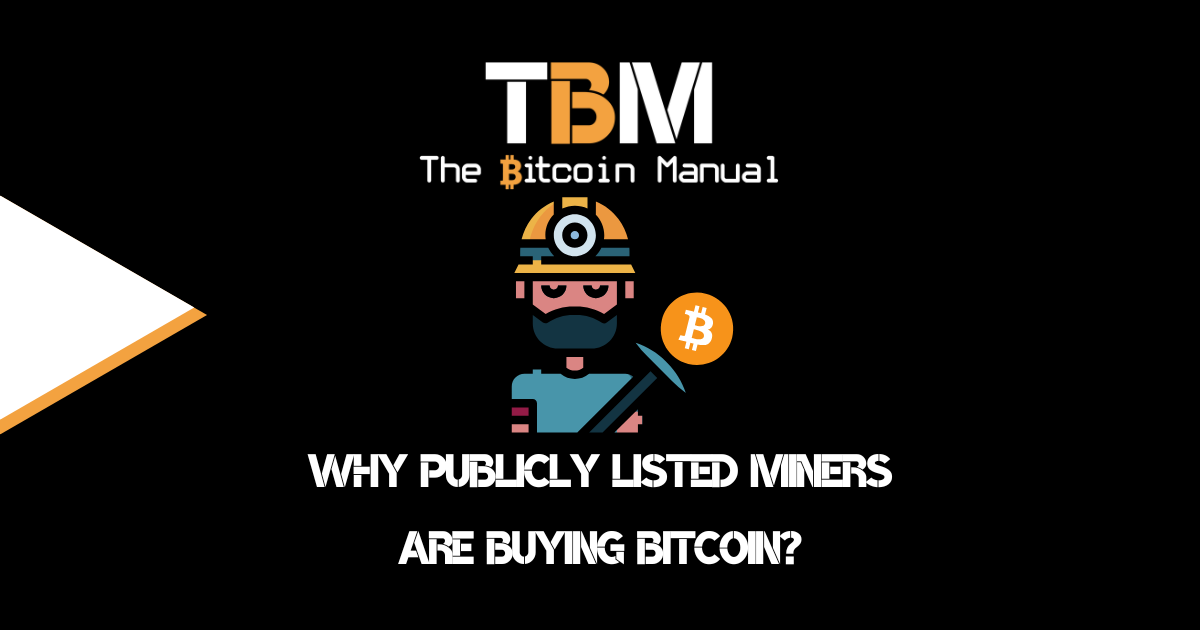The idea of moving non-native assets on the Bitcoin network has been around for years; early attempts at this involved projects like Coloured Coins, OMNI network and counter-party, which did not see much traction as their additional resource requirements were either too complex or costly to execute on the Bitcoin blockchain at the time.
The idea went dormant for a while, with only Liquid providing an asset issuance protocol known as AMP, which could be used to create Stablecoins, like L-USDT, and STOs like the BMN or NFTs.
While Liquid assets have yet to see much traction, we saw an explosion of arbitrary asset issuance in the altcoin market, pioneered by Ethereum. The token standards and template-style smart contracts lowered the barrier to token creation, and it was exploited to create a multi-billion dollar unregulated securities market, for better or for worse.
Despite altcoin chains offering this service to the market, we’re seeing the idea of asset issuance come full circle, with the idea of moving assets on Bitcoin making the rounds again in the form of Ordinals/Inscriptions and STAMPs. As with previous attempts for asset issuance on Bitcoin, both Oridnals and STAMPS are subject to greater fees due to their use of block space, limiting their efficiency and use cases.
To satisfy the need to use Bitcoin as the settlement and storage layer for asset issuance but reduce the load on the Blockchain, Lightning Labs, the creators of the LND version of Lightning, have proposed an alternative implementation known as Taproot assets.
What are Taproot assets?
Taproot Assets, formerly known as Taro, leverages Taproot to enable the issuance of assets in a private and secure manner without bloating the Bitcoin blockchain but instead users an ordinary Taproot transaction to anchor a root to a Merkle tree which stores assets, asset requirements and ownership status. The proposal differs from Liquid AMPs since it doesn’t require another Blockchain, nor does it rely on adding extra data directly on-chain through manipulation of OP_CODES or Witness data.
When a Taproot Asset is issued, it requires an on-chain transaction, as the genesis, which stipulates the required information of the asset like its name, ticker, supply etc. The Taro asset is issued through an on-chain Bitcoin transaction that includes the hash of (commits to) some metadata in a Taproot output. Taro assigns the asset to a private key held by the issuer and broadcasts the transaction to the network.
By adding information about those assets (known as metadata) in the Taproot script tree, the proposed protocol can function as a layer built on top of Bitcoin, allowing Taproot asset transactions to look like regular Bitcoin transactions –– as only the Taproot output is revealed on chain –– while still enabling proofs of the movement of assets across the transaction graph.
The newly-created unspent transaction output (UTXO) then acts as a unique identifier for that asset, serving as its genesis point. Multiple asset mints can be done with a single Bitcoin transaction, and once Lightning integration is enabled, the assets can then be transferred on the Bitcoin Lightning Network through established channels instead of the base chain.
Asset issuance requires a new-looking glass.
As is the case with Ordinals and Inscriptions, Taproot assets require you to run an additional protocol on your node to recognise and find this data stored in the blockchain. Since these protocols are not part of Bitcoin’s primary code and consensus model, the network doesn’t recognise this data by default and requires a special lens to find them.
In the case of Inscriptions, you would have an Ordinal Explorer, which downloads the Bitcoin blockchain and looks for inscription data and indexes it, allowing users to view this subset of the data stored in the blockchain.
When it comes to tracking and viewing Taproot assets, the ability to view and audit them is reliant on third-party services known as Taproot Asset Universes.
What is a Taproot Asset Universe?
A Taro Asset Universe is a service that provides information about assets, as well as proofs for asset holders. It acts similarly to a Bitcoin block explorer but showcases Taro transaction data which is stored off-chain with Taproot Asset clients.
An asset issuer can run a universe themselves or appoint an existing universe to tap into their client-side Merkle tree and provide the explorer for an asset.
A universe operator has no privileges within the Taproot Asset protocol, and the only thing an adversarial universe could do is refrain from returning data requested by clients, which is the case with third-party block explorers too. The difference with a block explorer is you can run one yourself on your own full node and validate the data without trusting the third party; the option is there for anyone.
As for Taproot Universes, they can provide information from both universes or pocket universes, but there is no way to self-validate since you aren’t the asset issuer; you are always trusting the asset issuer to provide you with an accurate data set.
What is a universe?
A Taproot Assets universe is a repository of assets and their proofs. A universe may serve information about single or multiple asset types (e.g. a specific stablecoin or all stablecoins). It may hold information about which assets have been issued, their quantity, and rules as well as hold proofs about recent transfers. The criteria for releasing this information is up to a universe or universe operator.
What is a pocket universe?
A pocket universe is a way to collectively store Taproot Assets and use the protocol without giving up ownership of assets. This pocket universe is a single party (or federation) maintaining a Taproot Assets commitment that includes assets that they can’t unilaterally move but require the consensus of key holders.
A pocket universe controls the Taproot key to a UTXO but not the keys to the (possibly multiple) Taproot Assets held in that UTXO. Asset holders can use the pocket universe to batch their transactions efficiently.
Taproot Assets Are still arbitrary data to the chain.
While Taproot assets do leverage the Bitcoin blockchain for data storage and creation, they are not backed up by Bitcoin mining or consensus, the only thing Bitcoin provides is a method of anchoring the Merkle tree that can be proved and relied on, but for asset holders, you are always trusting the asset issuer in honouring states/balances, transfers and issuance.
Taproot Assets does not require you to keep or scan the entire blockchain. Similar to running a Lightning Network node, your Taproot Assets client only requires poofs about the existence of specific transactions relating to its assets, which can be obtained in ‘Neutrino’ mode, also known as BIP157.
While Taproot assets are promoted as an alternative for Stablecoin issuers to use instead of alternative blockchains, it’s not limited to any central entity. Anyone can issue a Taproot asset, so even if you can see data from a Universe, it doesn’t mean it is the uncorrupted truth.
Do your own research.
If you want to try or learn about Taproot Assets, we recommend checking out the following resources to kickstart your research.
Are you a Bitcoin and Lightning fan?
Have you been using Lightning to make micro-payments? Stream sats or engage with apps? Which app is your favourite? Do you run a Lightning node? Have you tried all the forms of Lightning payments? Which one do you prefer?
Let us know in the comments down below.




